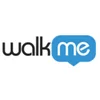Organizations that improve their recruiting workflows see measurable results across their hiring operations. Companies report saving 0.22 FTE (full-time equivalent) per 10,000 candidates processed, with more than 67% of managers shifting to digital self-service and cost-per-hire dropping by 19%. These results show what becomes possible when recruiting processes work for people instead of against them.
Yet despite advanced recruiting technology, the reality remains challenging. The global average time to hire is over 45 days, cost-per-hire averages $4,700, and 60% of candidates abandon applications they find too complex or time-consuming.
What is recruit candidate workflow?
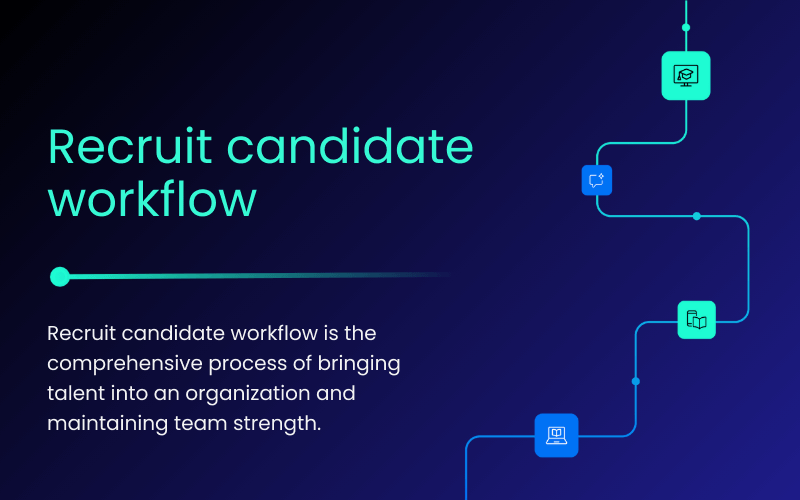
Recruit candidate workflow is the comprehensive process of bringing talent into an organization and maintaining team strength. It encompasses attracting candidates, managing the hiring process, filling backlogged roles, and supporting employee growth across departments. While this may sound straightforward, this workflow sets the foundation for organizational success and directly impacts both candidate experience and business outcomes.
The challenges
Human Capital Management teams face persistent frustrations that slow down hiring and increase costs:
- Working outside the main system of record makes coordination harder
- Too much time spent reviewing candidates manually
- Recruiting across departments leads to misalignment and delays
- Highly manual processes limit the team’s ability to scale effectively
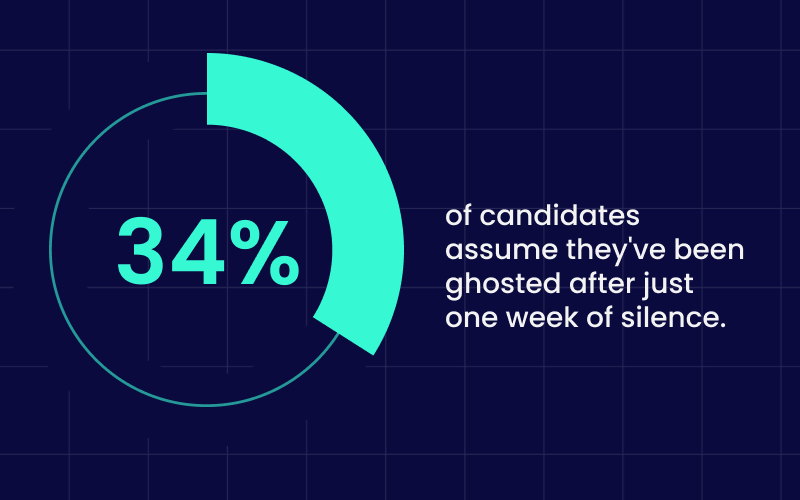
Candidates feel these pain points too. According to the 2024 Candidate Experience Report, 34% of candidates assume they’ve been ghosted after just one week of silence. The Cronofy Candidate Expectations Report 2024 found that 31% of candidates waited 2-3 weeks just to get their first interview scheduled. These delays give competitors ample opportunity to secure top talent while hiring teams remain stuck in repetitive, time-consuming processes.
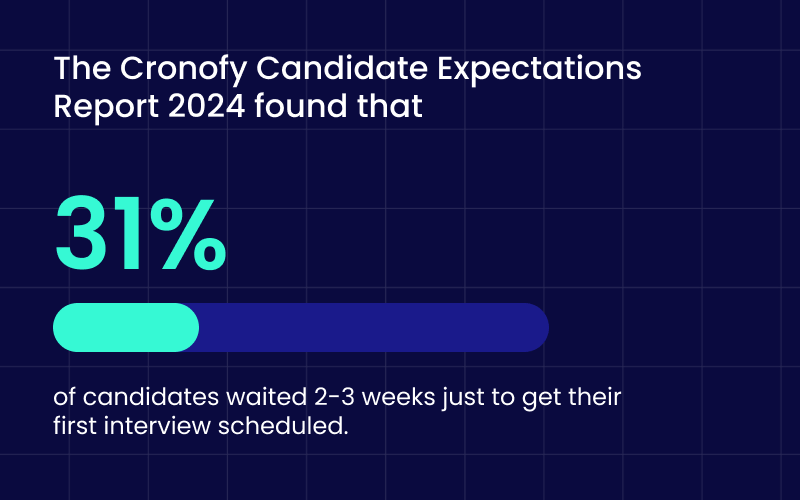
The solution: WalkMe
This is where digital adoption platforms like WalkMe transform recruiting operations.
Rather than relying on fragmented systems and manual coordination, WalkMe provides contextual guidance that streamlines every aspect of the hiring workflow. The platform offers step-by-step walkthroughs for managers handling requisitions, automated scheduling coordination, and real-time support directly within recruiting applications.
The impact is substantial: companies using WalkMe report significant reductions in hiring time, improved manager adoption of self-service tools, and measurable cost savings. But achieving these results requires implementing proven strategies that address the core workflow challenges.
A guide for better recruit candidate workflow
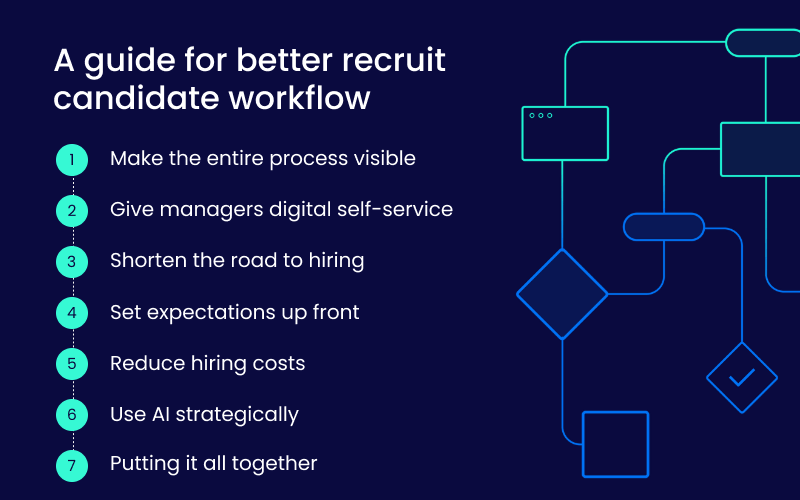
- Make the entire process visible
When HCM professionals can see every stage of hiring in one place, sourcing accelerates and issues surface sooner. Shared dashboards and progress tracking help teams collaborate effectively instead of chasing status updates through email chains.
- Give managers digital self-service
Managers shouldn’t rely on lengthy email threads for routine tasks. WalkMe guides managers directly through requisitions and approvals while providing instant access to policies and reference materials. This reduces confusion and dramatically speeds up the approval process.
- Shorten the road to hiring
Automating candidate screening, interview scheduling, and coordination helps bring average time-to-hire below 44 days. Having standardized role descriptions and clear compensation ranges from the start prevents late-stage delays that frustrate both candidates and hiring teams.
- Set expectations up front
Misalignment around job roles and compensation slows everything down. Embedding standardized templates that clearly communicate job expectations and pay ranges ensures recruiters and managers stay aligned from day one.
- Reduce hiring costs
Guided digital workflows eliminate manual tasks, reduce errors, and minimize back-and-forth communications. Skills-based screening can cut cost-per-hire by up to 30%, while streamlined processes reduce overall hiring expenses by close to 20%.
- Use AI strategically
AI excels at automating repetitive tasks like scheduling and resume matching. Unilever reduced their hiring process from four months to four weeks and saved 50,000 labor hours through careful AI implementation. However, the best results occur when AI handles routine tasks while people maintain decision-making authority.
- Putting it all together
The combination of these strategies creates a comprehensive recruiting ecosystem that benefits everyone involved. When implemented effectively with platforms like WalkMe, HR teams gain visibility into bottlenecks, managers become self-sufficient with guided workflows, and candidates experience smoother, faster processes.
Although most organizations recognize recruiting as critical to business success, many still struggle with disconnected systems and manual processes. WalkMe bridges these gaps by ensuring recruiting tools are adopted consistently and used to their full potential across all stakeholders.
What success looks like
When recruiting workflows are optimized effectively, the benefits extend throughout the organization:
- Cycle times consistently below 45 days
- Improved fill rates that keep teams fully staffed
- Smoother, less frustrating candidate experiences
- Hiring and support costs reduced by close to 20%
- Consistent processes that minimize compliance risks
The SmartRecruiters Talent Acquisition Report found that poor hiring processes directly impact business results, with leaders citing reduced service quality (28%), lost sales (29%), and damaged brand reputation (30%). Organizations that invest in streamlining these workflows don’t just save money, they protect their competitive advantage and build stronger teams faster.

